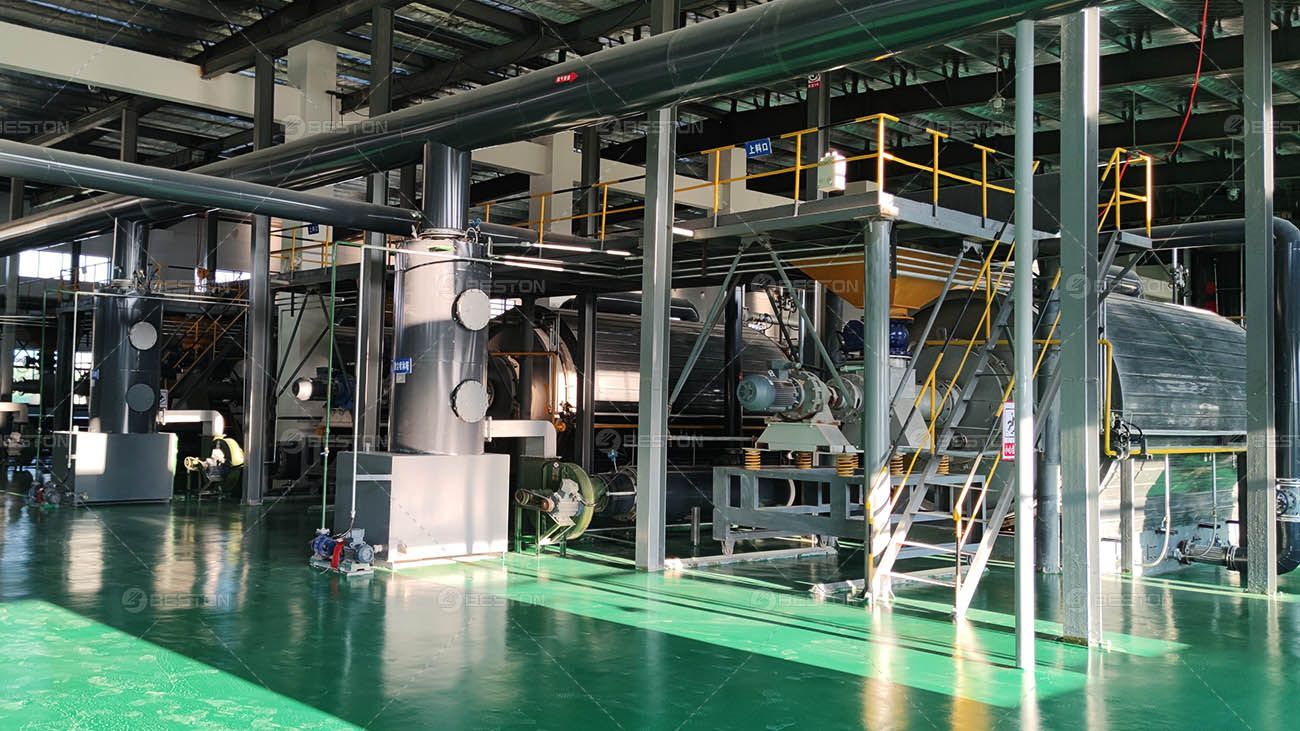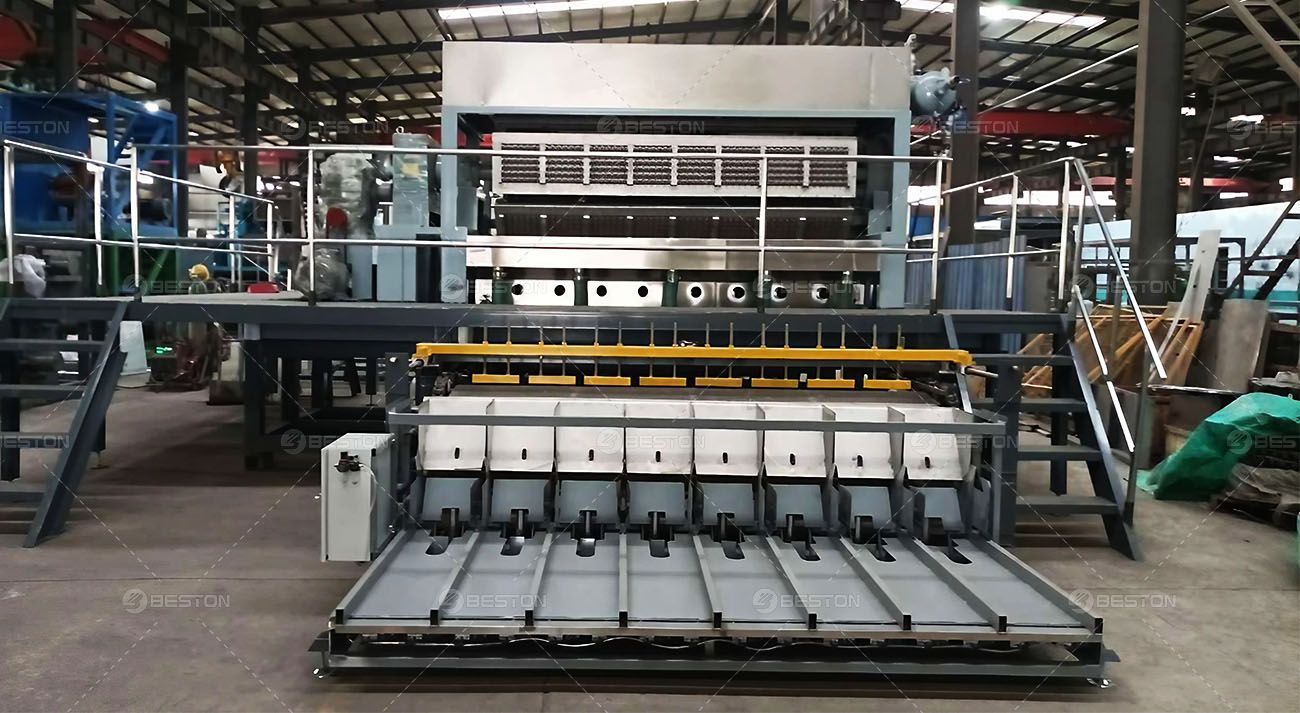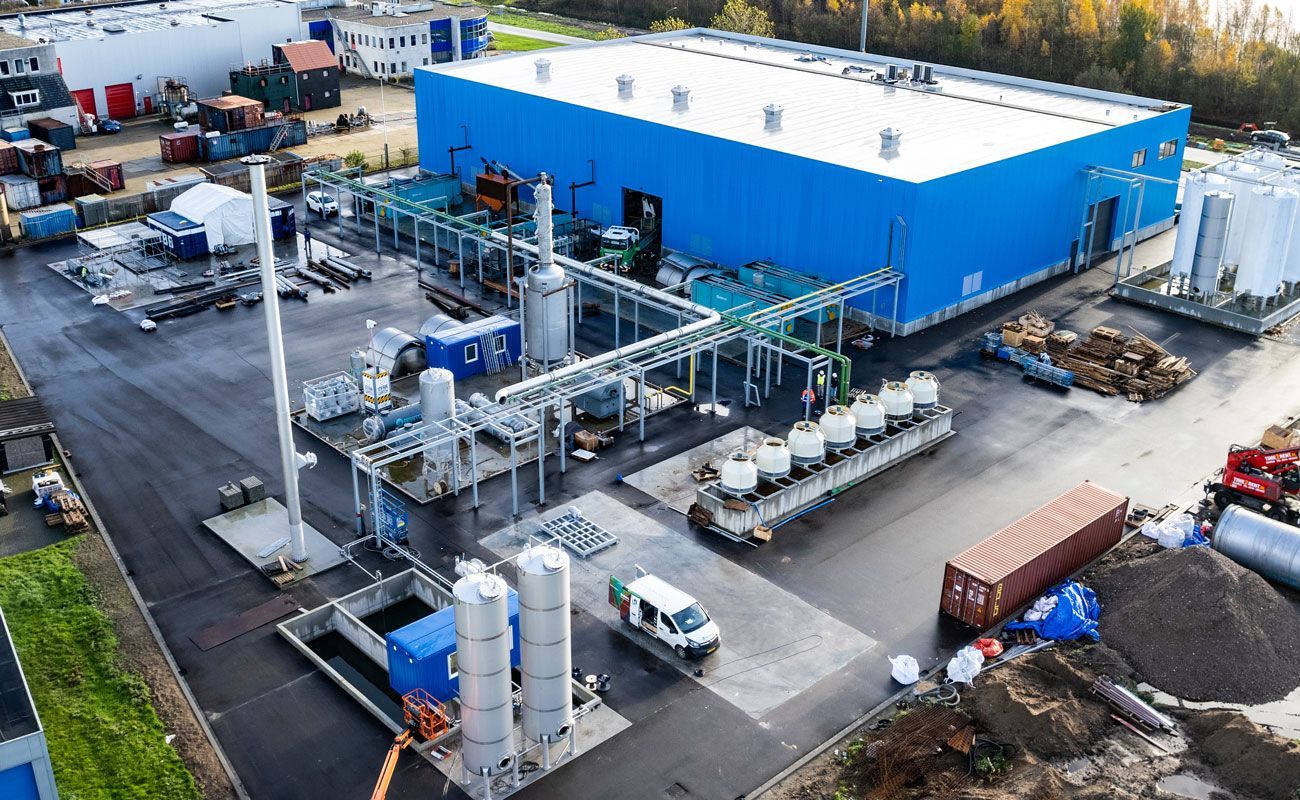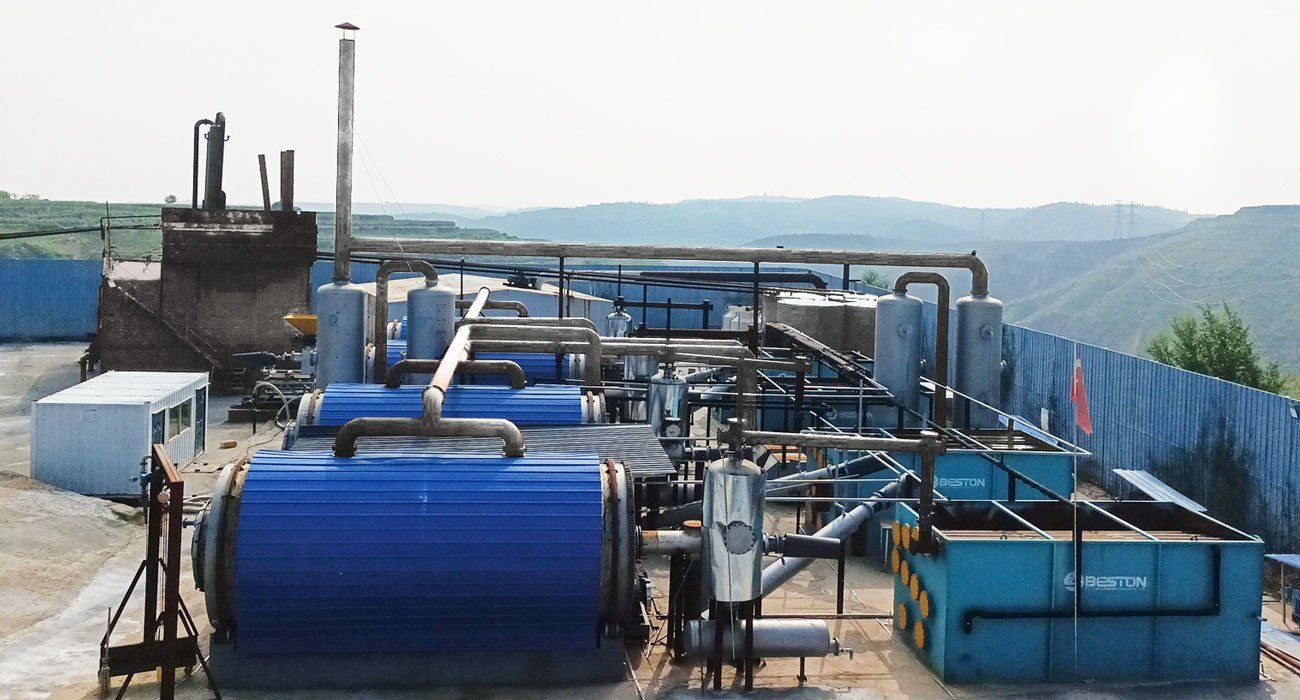Petroleum Refining Oily Waste Treatment: Pyrolysis
- By Wayne
- •
- 10 Jan, 2024
The intricate realm of petroleum refining demands meticulous solutions for the treatment of oily waste, and amid the arsenal of methodologies, the oil sludge pyrolysis plant emerges as a beacon of technical prowess. In this exploration, we dissect the technical intricacies and unparalleled efficiency that pyrolysis introduces into the landscape of petroleum refining waste management.
The Complex Tapestry of Petroleum Refining Waste
Petroleum refining, a cornerstone of modern industry, generates a myriad of waste products, among which oily sludge stands as a formidable challenge. Comprising a concoction of hydrocarbons, water, heavy metals, and solid particles, the conventional treatment of this complex waste stream often proves cumbersome.
Technical Challenges
The technical challenges inherent in oily sludge management lie in the heterogeneity of the waste. Traditional treatment methods struggle with the diverse composition, leading to inefficiencies and environmental concerns. Enter the oil sludge pyrolysis plant, a technological marvel designed to unravel this complexity.
Pyrolysis: A Technical Ballet
The Pyrolytic Symphony
At the crux of the oil sludge pyrolysis plant for sale lies the pyrolytic process, an orchestrated dance of controlled thermal decomposition. In this technical ballet, oily sludge undergoes a metamorphic transformation in the absence of oxygen. The high temperatures induce the breakdown of complex hydrocarbons into simpler molecules, yielding valuable outputs.
Unveiling the Technical Arsenal
The technical arsenal of the pyrolysis plant is multifaceted. The controlled heating within the reactor ensures optimal conditions for the pyrolytic reactions. As the oily sludge succumbs to the heat, it disintegrates into three distinct phases: liquid hydrocarbons, gaseous compounds, and a solid residue known as biochar.
Liquid Hydrocarbons: The Liquid Gold
Amidst the pyrolytic cauldron, liquid hydrocarbons emerge as the liquid gold of the process. These refined hydrocarbons, akin to the distillation products of petroleum refining, find applications across various industrial sectors. The liquid fraction, post-condensation, exhibits a spectrum of hydrocarbons suitable for fuel production and chemical synthesis.
Gaseous Compounds: Energy in the Mix
Simultaneously, gaseous compounds, rich in methane and hydrogen, contribute to the overall energy balance of the pyrolysis process. The efficient capture and utilization of these compounds offer an intrinsic energy recovery aspect, adding to the sustainability quotient of the oil sludge pyrolysis plant.

Efficiency Unleashed: The Pyrolysis Advantage
Environmental Sustainability
The oil sludge pyrolysis plant introduces a paradigm shift in environmental sustainability. By mitigating the release of harmful pollutants associated with traditional incineration methods, pyrolysis aligns with stringent environmental regulations. The closed-loop system minimizes emissions and fosters a circular economy model.
Resource Optimization
In the landscape of waste management, the pyrolysis plant stands out for its resource optimization capabilities. The recovered liquid hydrocarbons and gaseous compounds are not merely byproducts but valuable resources ready for integration into industrial processes. This resource recovery aspect elevates pyrolysis beyond waste treatment to a sustainable resource management solution.
Technical Precision
The technical precision of the pyrolysis process is a hallmark of its efficiency. The controlled temperature, residence time, and feedstock composition ensure consistent and predictable outcomes. This precision allows for scalability and adaptability to varying feedstocks, making the oil sludge pyrolysis plant a versatile player in the realm of waste treatment.
Challenges and Future Prospects
Technical Challenges
While the oil sludge pyrolysis plant showcases undeniable advantages, it is not without challenges. Variability in feedstock composition, operational costs, and technology optimization are areas that demand continual attention for the seamless integration of pyrolysis into petroleum refining waste management.
Future Prospects
Looking forward, advancements in pyrolysis technology hold the promise of overcoming current challenges. Continuous research and development aim to enhance the efficiency and cost-effectiveness of the process, ensuring that pyrolysis remains at the forefront of sustainable waste management in the petroleum refining sector.
Conclusion: A Technical Triumph
In the intricate domain of petroleum refining waste management, the oil sludge pyrolysis plant stands as a testament to technical triumph. Its ability to unravel the complexities of oily sludge and convert them into valuable resources is a paradigm shift in waste treatment. As industries navigate the landscape of environmental responsibility, the technical ballet of pyrolysis emerges as a formidable ally, unlocking efficiency and sustainability in the treatment of petroleum refining oily waste.



